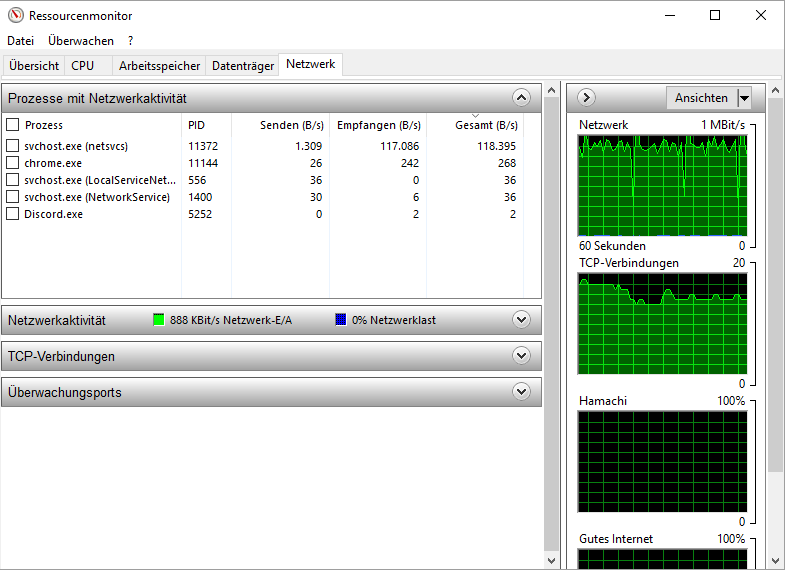
Most of them allow you to pay for a license to upgrade their capability. Capability: some programs place limitations on your design- number of layers, number of components, size of board, etc.Ease-of-use: if it's painful to use it, you won't.Community support: are there a lot of people using the package? The more people using it, the more likely you are to find ready-made libraries with the parts you need.Things to consider when choosing a package: Find a CAD package: there are a lot of low-cost or free options out there on the market for PCB design.My biggest complain was that when I would rename components in the schematic it had a tendency to mess up the layout of the PCB by moving components based on their name in the schematic instead of just changing the names of already placed components.How do you go about designing your own PCB? The ins and outs of PCB design are way too in depth to get into here, but if you really want to get started, here are some pointers: It made BOM management that much better when ordering a board. I was surprised at how great it was to have the live supplier linking feature.

Of all the tools I've used I have enjoyed CS the most. I paid $500 for Circuit Studio and overall I have enjoyed the interface and workflow which to my understanding is similar to AD.

Volts, I've used Eagle, Diptrace, Upverter, and now most recently Circuit Studio. Cost is definitively a significant consideration for me, and I'm leaning heavily to Orcad Pro for that reason but I'd like to know what I'm getting myself into and what limitations I will have with this route.

The key thing I'm hoping to learn is what would I be missing with going with Orcad Pro instead of AD here. Even at 5K, that's still 66% more than Orcad Pro for 3K. Tim, I've been offered $5K as a limited time special for upgrading from CS back in Feb but at the moment the sales person I was talking to wasn't showing signs of budging or moving on the price.


 0 kommentar(er)
0 kommentar(er)
